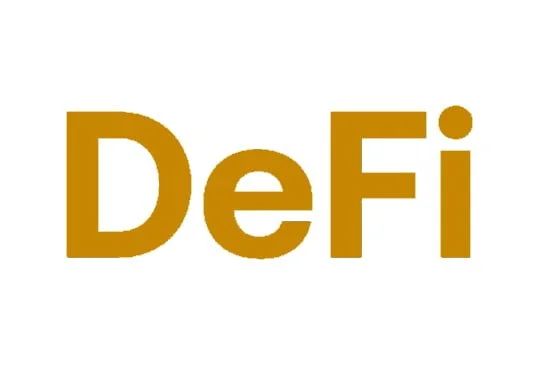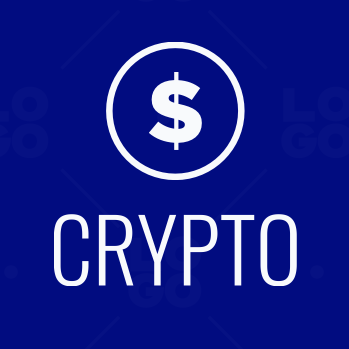Key Takeaways
- DeFi (Decentralized Finance) is a blockchain-based system offering financial services without traditional intermediaries.
- DeFi enables lending, borrowing, trading, and yield farming via smart contracts.
- Security, transparency, and global access make DeFi a growing alternative to traditional finance in 2025.
Introduction — DeFi as the future of finance
Decentralized Finance, or DeFi, has rapidly evolved from a niche concept into a mainstream movement in 2025. Unlike traditional finance, which relies on banks, brokers, and clearinghouses, DeFi leverages blockchain technology to create transparent, permissionless, and programmable financial services.
From lending and borrowing to trading derivatives and earning yield on stablecoins, DeFi is reshaping how individuals and institutions access and manage money without intermediaries.
Also read : How to Identify a Rug Pull
How DeFi Works
DeFi platforms operate through smart contracts — self-executing code on blockchains like Ethereum, Solana, or Avalanche. These contracts manage funds, enforce rules, and automate processes without human intervention.
Key components include:
- Decentralized Exchanges (DEXs): Platforms like Uniswap or PancakeSwap let users trade tokens without central control.
- Lending & Borrowing Protocols: Users can lend crypto to earn interest or borrow by collateralizing assets. Aave, Compound, and MakerDAO are leading protocols.
- Yield Farming & Staking: Participants provide liquidity or stake tokens to earn rewards, often in the platform’s native token.
- Stablecoins & Synthetic Assets: Cryptocurrencies pegged to fiat or synthetic derivatives allow stable exposure to markets while remaining on-chain.
Smart contracts ensure automatic execution and transparency, reducing reliance on banks or custodians.
Why DeFi Matters in 2025
DeFi offers several advantages over traditional finance:
- Accessibility: Anyone with an internet connection can participate, regardless of location or banking infrastructure.
- Transparency: Transactions are publicly recorded on blockchains, making auditing easier and reducing fraud.
- Programmability: Developers can create complex financial instruments, automated trading strategies, and novel investment products.
- Control: Users maintain custody of their assets, reducing the risk of third-party mismanagement or insolvency.
DeFi has grown to encompass billions of dollars in total value locked (TVL), powering lending, derivatives, NFTs, and even decentralized insurance markets.
Risks and Considerations
While DeFi offers opportunities, it carries unique risks:
- Smart Contract Vulnerabilities: Bugs or exploits can result in lost funds.
- Impermanent Loss: Liquidity providers may lose value compared to simply holding tokens.
- Regulatory Uncertainty: Governments are still defining frameworks for decentralized platforms.
- Market Volatility: Crypto assets fluctuate rapidly, impacting lending, borrowing, and yield strategies.
Education, careful research, and using reputable protocols are critical for mitigating risks.
The Future of DeFi
By 2025, DeFi is integrating with traditional finance, forming hybrid systems. Banks and fintech firms explore DeFi protocols for cross-border payments, tokenized assets, and automated compliance, blending decentralization with regulatory safeguards.
Layer 2 solutions and multi-chain interoperability also increase transaction speed and reduce fees, making DeFi more scalable and user-friendly than ever.
Conclusion — DeFi as a financial revolution
DeFi represents a fundamental shift in how financial services are delivered, offering transparency, accessibility, and automation that traditional finance cannot match. In 2025, understanding DeFi is essential for investors, developers, and anyone interested in the future of money.
By combining on-chain innovation with emerging regulatory clarity, DeFi continues to empower users worldwide, turning blockchain-based finance into a mainstream, global phenomenon.



